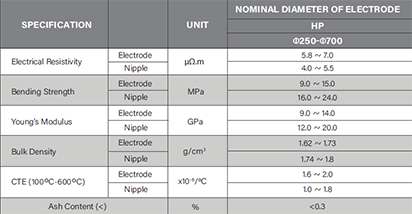

Graphite anode materials are one of the crucial raw materials for lithium-ion batteries (LiB), with graphite being the primary material for the battery anode. Over 95% of electric vehicle battery anodes contain graphite.
Due to the high similarity in the manufacturing processes of graphite electrodes and graphite anode materials, Sanergy Group can leverage the technologies used in existing products to support the graphite anode materials business at minimal costs. The group has the great potential to take the first-mover advantage in the European market with our four “readiness”:









Sanergy leverages the common primary materials and manufacturing processes between graphite electrodes and graphite anode materials, such as baking and graphitization, to optimize factory utilization and achieve synergistic effects.
Additionally, the group possesses industry-leading production technology for graphite anode materials - the powder route synthetic graphite anode material manufacturing process technology, which can support the European battery supply chain. This provides assistance and advanced technological support for the localization of the European graphite anode material supply chain.

This includes screening, grinding, and blending, granulation, baking, graphitization, coating and carbonization, as well as machining. The raw petroleum coke material is crushed and dried, then mixed with a binder such as asphalt. It undergoes steps such as surface modification by electric heating, cooling, fusion blending, and others to produce synthetic graphite anode.